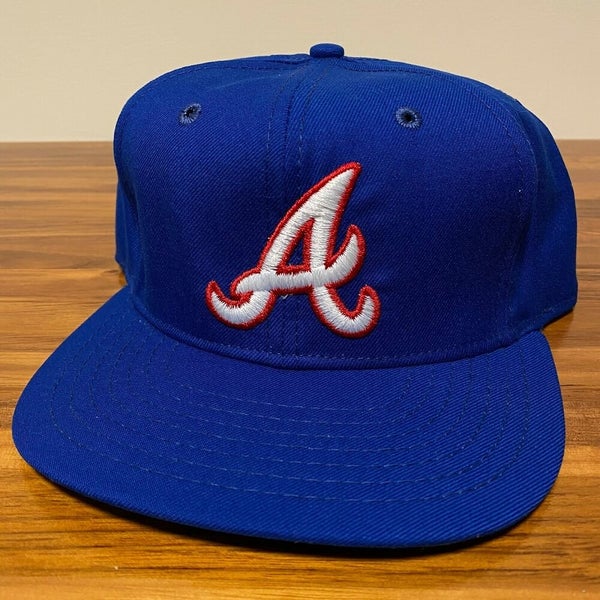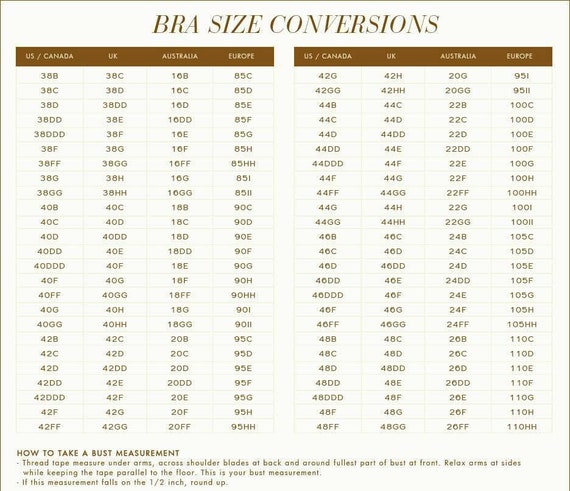Comparison of three methods for gene isoform identification. Lines

Download scientific diagram | Comparison of three methods for gene isoform identification. Lines with different colors represent different sequences from publication: Distinguishing highly similar gene isoforms with a clustering-based bioinformatics analysis of PacBio single-molecule long reads | Background Gene isoforms are commonly found in both prokaryotes and eukaryotes. Since each isoform may perform a specific function in response to changing environmental conditions, studying the dynamics of gene isoforms is important in understanding biological processes and | PacBio, Bioinformatics Analysis and Nucleic Acid Repetitive Sequences | ResearchGate, the professional network for scientists.

Schema of the clustering-based data analysis procedure using PacBio

Da Wei (David) HUANG, Big Data Scientist in Bioinformatics, National Institutes of Health, MD, NIH, Bioinformatics and Molecular Analysis Section (BIMAS)

Comparison of three methods for gene isoform identification. Lines with

William LAU, Doctor of Philosophy, National Institutes of Health, MD, NIH

William LAU, Doctor of Philosophy, National Institutes of Health, MD, NIH

Brad SHERMAN, Bioinformatics Manager, Master of Science, Leidos Biomedical Research, Inc., Frederick, Laboratory of Human Retrovirology and Immunoinformatics

Richard LEMPICKI, Senior Scientist, Ph.D, Leidos Biomedical Research, Inc., Frederick, Laboratory of Immunopathogenesis and Bioinformatics

Brad SHERMAN, Bioinformatics Manager, Master of Science, Leidos Biomedical Research, Inc., Frederick, Laboratory of Human Retrovirology and Immunoinformatics

Comparison of three methods for gene isoform identification. Lines with

Da Wei (David) HUANG, Big Data Scientist in Bioinformatics, National Institutes of Health, MD, NIH, Bioinformatics and Molecular Analysis Section (BIMAS)

Comparison of three methods for gene isoform identification. Lines with

PDF) Distinguishing highly similar gene isoforms with a clustering-based bioinformatics analysis of PacBio single-molecule long reads

Brad SHERMAN, Bioinformatics Manager, Master of Science, Leidos Biomedical Research, Inc., Frederick, Laboratory of Human Retrovirology and Immunoinformatics

Richard LEMPICKI, Senior Scientist, Ph.D, Leidos Biomedical Research, Inc., Frederick, Laboratory of Immunopathogenesis and Bioinformatics









